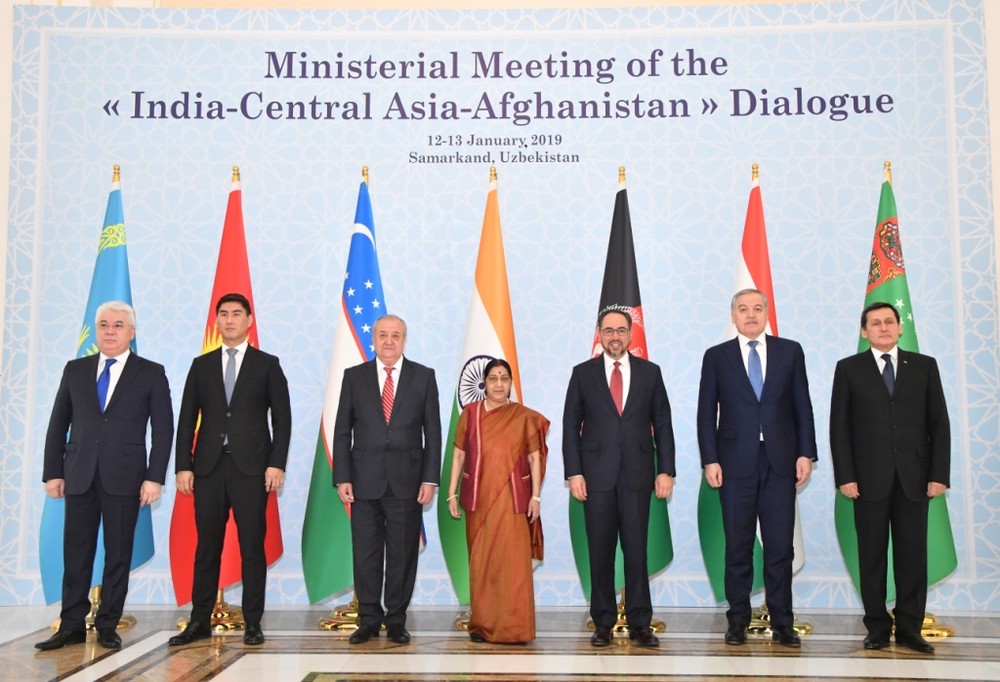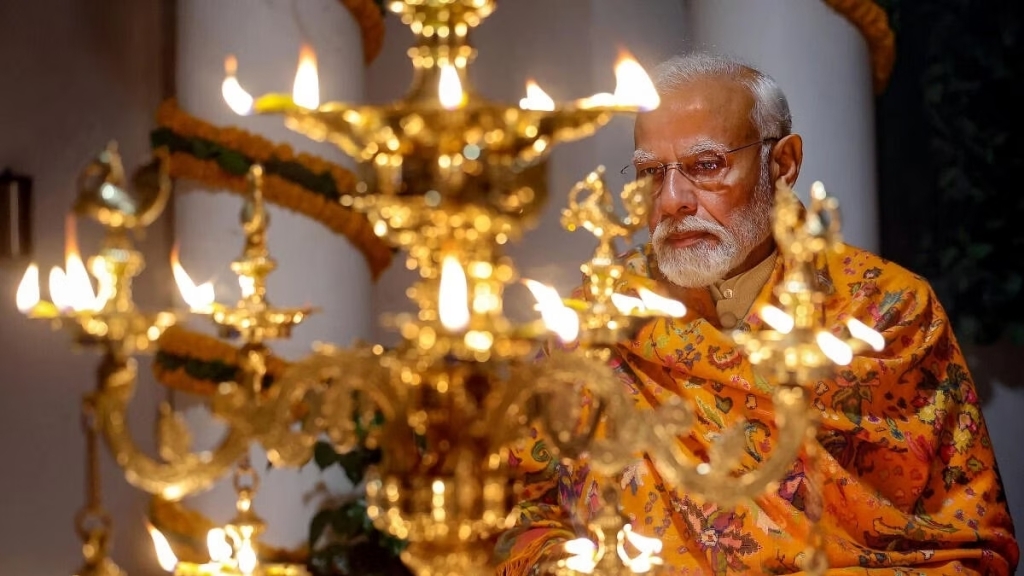By Dr. Pravesh Kumar Gupta
Introduction
India and Central Asia share a rich history of cultural, economic, and intellectual exchanges that span centuries. From Bronze Age civilisational links to constant exchanges via the Uttarapath running from modern-day Bengal through Afghanistan and farther to Central Asia, India has had a close and uninterrupted relationship with the Central Asian region and population. This interaction facilitated trade, cultural diffusion, and intellectual discourse between India and the region. The centuries-old historical links have formed the firm foundation of present political relations. In contrast, the potential for improving relations between India and Central Asia was disregarded during the post-soviet era. However, these ties have been revitalised recently and become essential to India’s foreign policy agenda.
Historical Context
India’s historical links with Central Asia can be traced back to the Bronze Age period when the Indus Valley civilisation had contacts with the Oxus civilisation (Also known as the Bactria-Margiana Archeological complex and includes parts of Afghanistan, Turkmenistan, Uzbekistan, and Tajikistan). The linkages between these two civilisations have been testified by the artefacts and objects found during the excavations. This interaction continued from the early historical period (600 BCE to 300 BCE) to the days of the Mauryan Empire when Buddhism travelled along the Uttarapath and reached Central Asia and beyond.
Buddhism originated in India and found its way to Central Asia, leaving a lasting cultural and religious impact on the region. Furthermore, scholars and traders from both regions traversed along this Uttarapath, fostering cultural exchanges and intellectual dialogue. In the medieval period, the Mughals from Central Asia consolidated the linkages between the two regions. The historical connections are a solid foundation for contemporary engagement between India and Central Asia.
Keys Areas of Cooperation
The bilateral trade remains below the potential due to the lack of direct connectivity. The bilateral trade currently is below USD 1 billion. India and Central Asia recognise the potential for expanding bilateral trade and economic cooperation. In order to bridge the gap of connectivity, India initiated the International North-South Transport Corridor (INSTC) in the year 2000. It signed an agreement to develop the Chabahar port in Iran in 2016. These two connectivity projects offer opportunities for increased trade and investment.
However, there has been a delay in fully operationalising these initiatives. India is trying to cooperate with Central Asian countries to expedite the progress of these projects. The first meeting of the Joint Working Group on Chabahar port highlighted the need for private-sector participation. India is also negotiating a long-term contract on Chabahar port with Iran. This will further give impetus to this project.
As a result, the trade between the two countries will also grow. Former Indian foreign minister Smt. Sushma Swaraj, in the first India-Central Asia dialogue in Uzbekistan, has proposed an air corridor for improving trade relations, but it has not yet materialised. However, there has been some positive development in facilitating the air connectivity between the two regions. IndiGo has recently started flights from Delhi to Tashkent and Almaty.

Receive Expert Takes on Foreign Affairs Delivered Directly into your Inbox

Subscribe to continue reading
Subscribe to get access to the rest of this post and other subscriber-only content.




